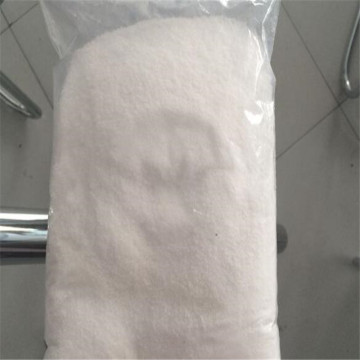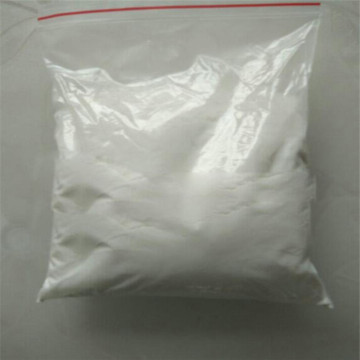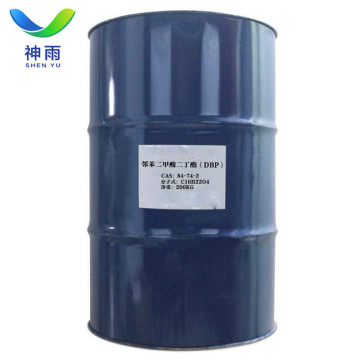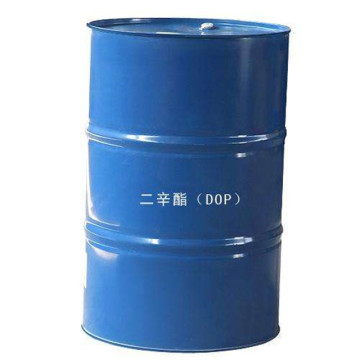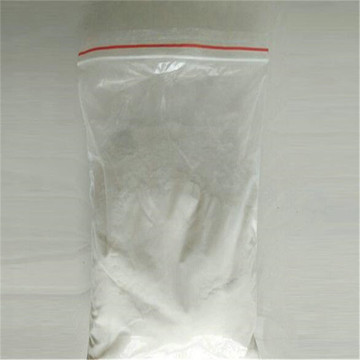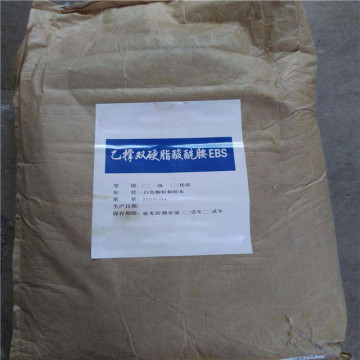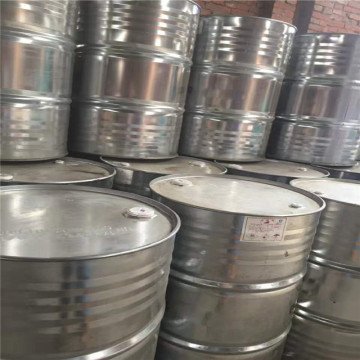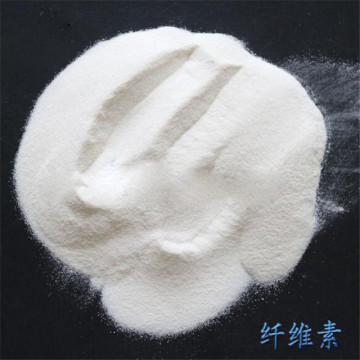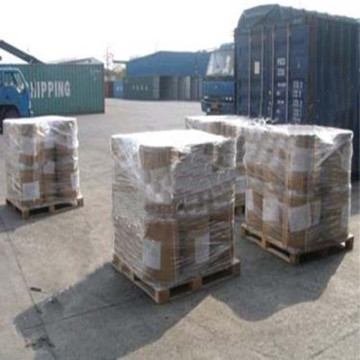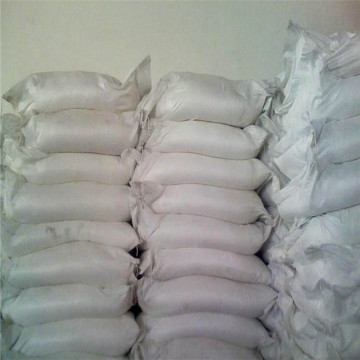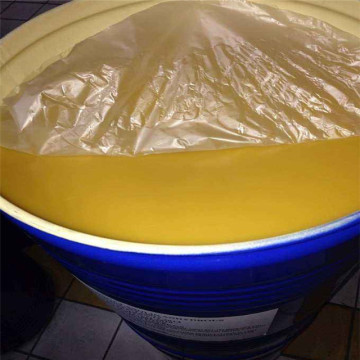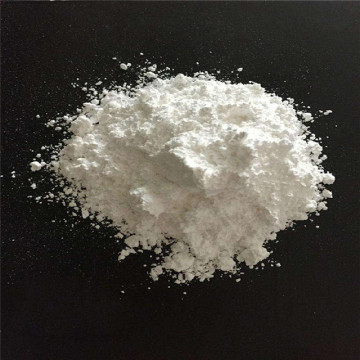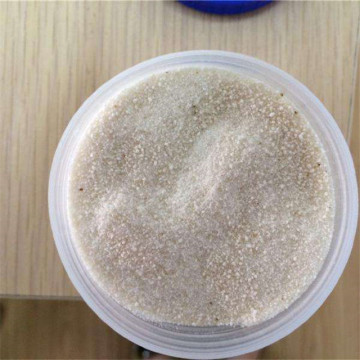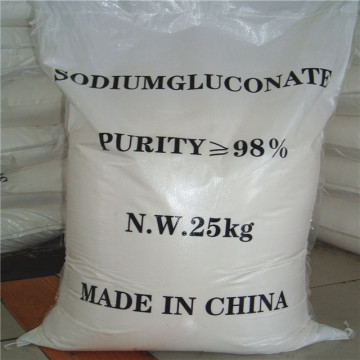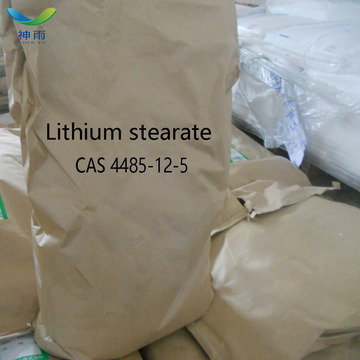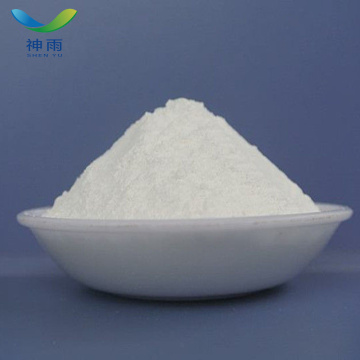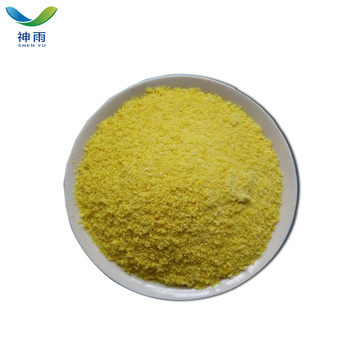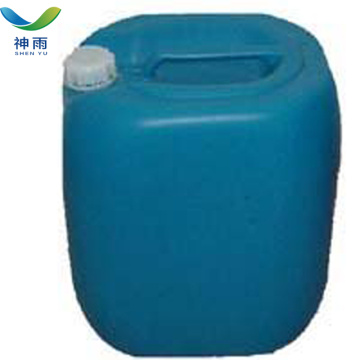Chemical Auxiliary Agents
Chemical auxiliary agents can be used to change the chemical reaction rate (increase or
decrease) in the chemical reaction without changing the chemical equilibrium,
and the mass and chemical properties of the reactants are not changed before
and after the chemical reaction. According to statistics, about 90% of the
industrial processes use Chemical auxiliary agents, such as chemical,
petrochemical, biochemical, environmental protection and so on. There are a
wide variety of chemical auxiliary agents, which can be divided into
liquid and solid according to their state. The phase states of the reaction
system are divided into homogeneous and heterogeneous catalysts. The
homogeneous catalysts have acid, alkali, soluble transition metal compounds and
peroxide catalysts. Chemical auxiliary agents plays an important role in
the modern chemical industry, for example, the use of iron catalyst in the
production of synthetic ammonia, the production of vanadium catalyst in the
production of sulfuric acid, the polymerization of ethylene and the production
of three synthetic materials, such as butadiene rubber, use different
catalysts.
Chemical auxiliary agents Attention:
[
operation notice]
Closed
operation, local exhaust. Prevent steam from leaking into the air of the
workplace. Operators must undergo special training and strictly abide by the
rules of operation. It is recommended that operators wear self-priming filter
respirators (semi masks), wear chemical safety glasses, wear protective clothing
and wear rubber gloves. Keep away from fire and heat sources. Smoking is
strictly prohibited in the workplace. The use of explosion-proof ventilation
systems and equipment. Before welding liquid and steam, welding and cutting
operations can not be carried out. Avoid smoke. Avoid contact with oxidants.
Equipped with corresponding varieties and quantities of fire fighting equipment
and leakage emergency handling equipment. The empty container may remain
harmful.
[storage
notice]
Store in
a cool, ventilated storeroom. Stay away from fire and heat. Prevent direct
sunlight. Keep the container seal. It should be kept separately from the
oxidizing agent and avoid the mixture. Equipped with the corresponding variety
and quantity of fire equipment. Emergency handling equipment and suitable
storage materials should be provided in the storage area.


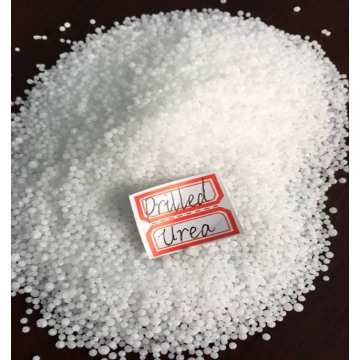
.png) Contact Now
Contact Now
